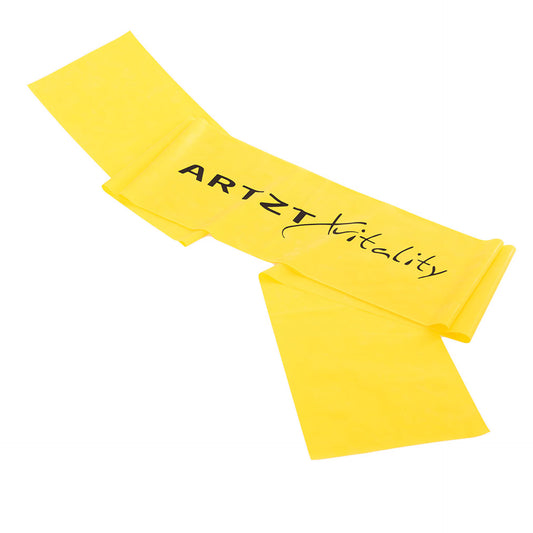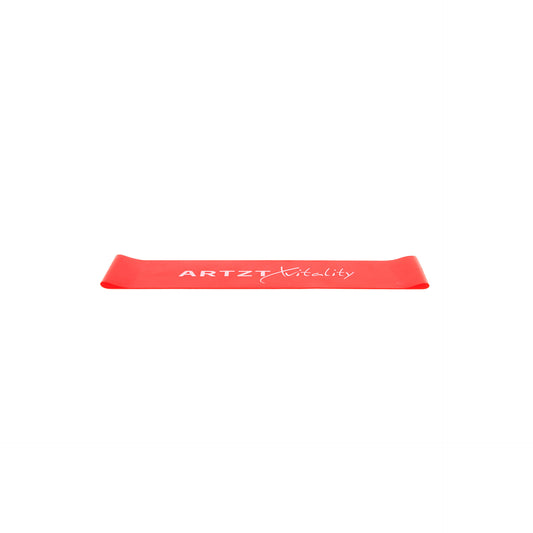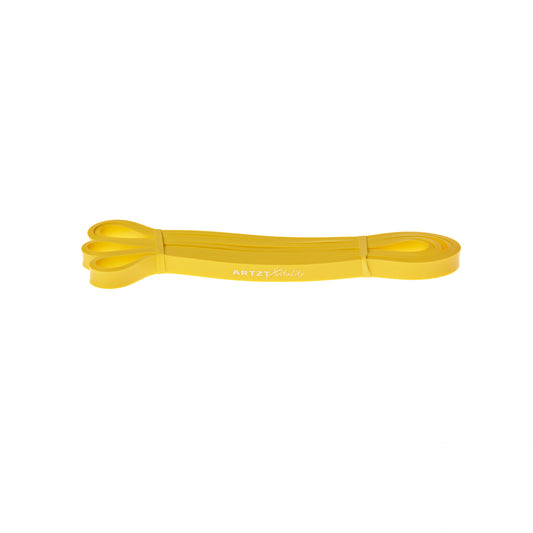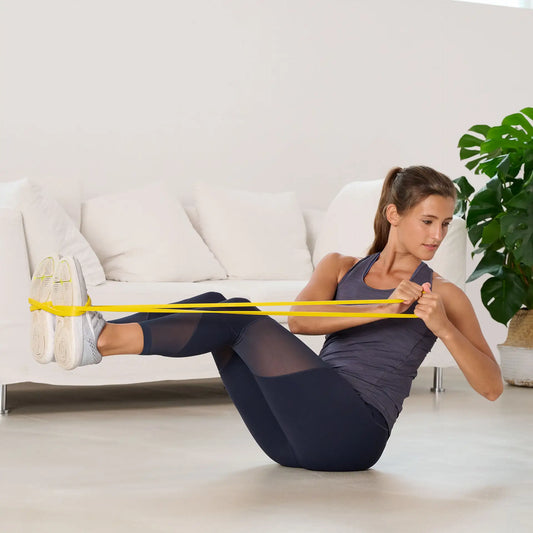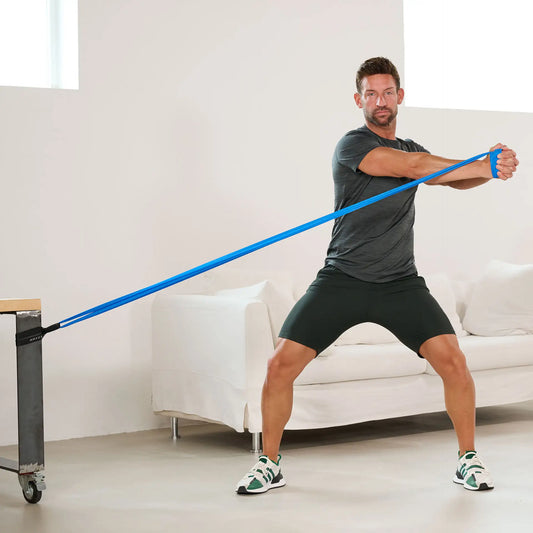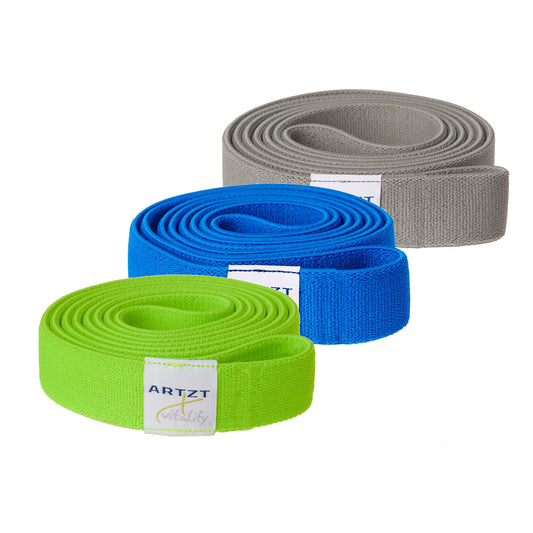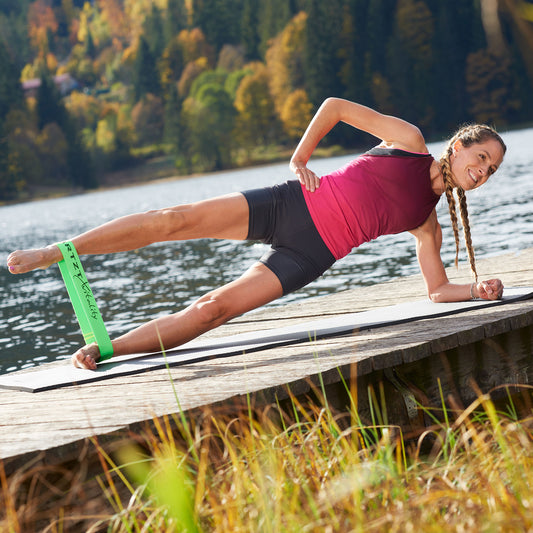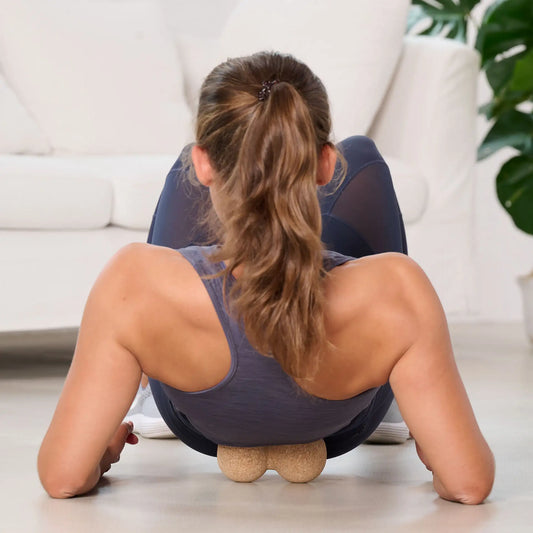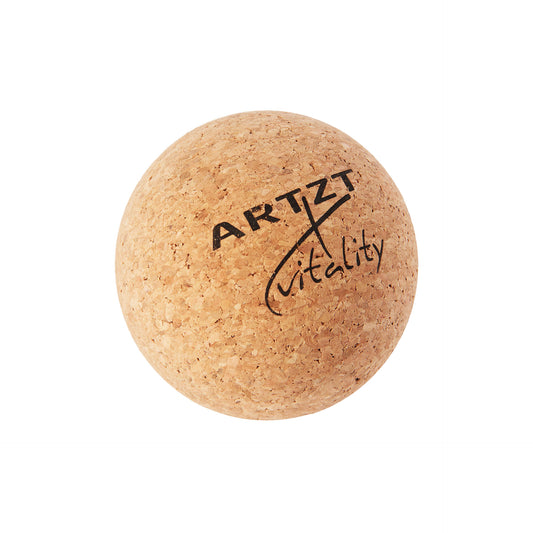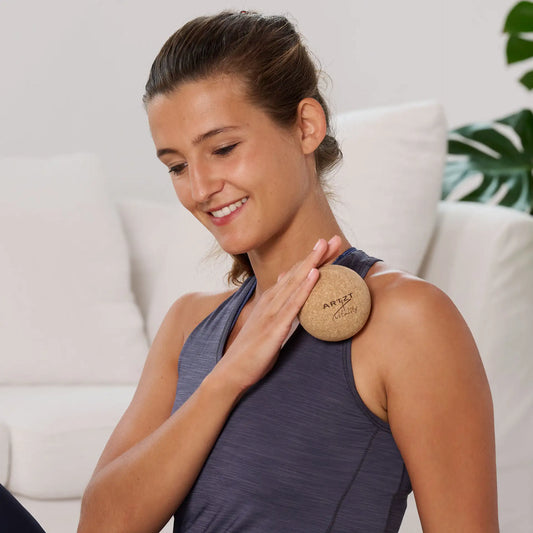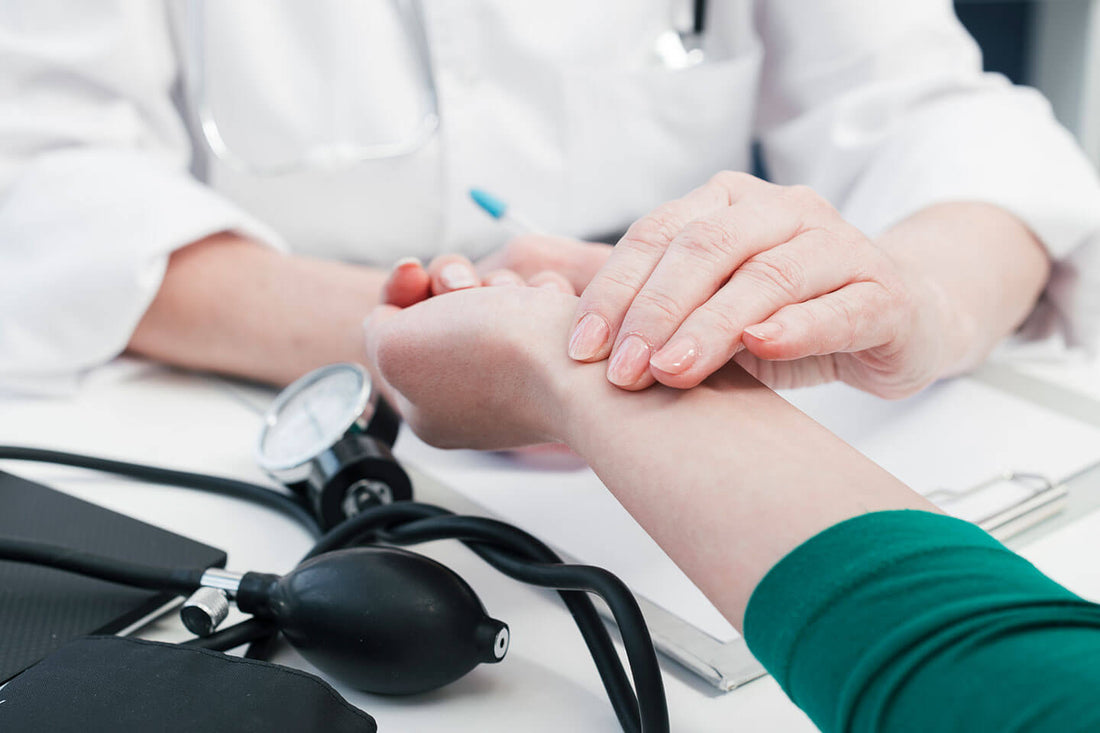
Lower high blood pressure with sport and reduce risk
Share
Reading time: 8 mins
Widespread disease high blood pressure: 20 - 30 million Germans suffer from it. Almost 90% of people who know about the disease can be treated with medication. But are there home remedies that lower blood pressure and how can you support your cardiovascular system with exercise?
Contents
What is high blood pressure?
How does high blood pressure arise?
Hypertension Symptoms: Often unnoticed
What to do if you have high blood pressure: Use home remedies to lower high levels
Why can exercise reduce high blood pressure and the risk of high blood pressure?
The best exercises to prevent and reduce high blood pressure
Lower high blood pressure with endurance training?
The best sports for high blood pressure
The best exercises for a healthy cardiovascular system
Conclusion: Every movement can help
What is high blood pressure?
High blood pressure is defined as permanently increased pressure in the blood vessels. The most widespread is arterial high blood pressure, i.e. the increase in pressure in the vessels leading away from the heart. If the values at rest are permanently above 140/90 mmHg, this is referred to as high blood pressure (hypertension).
Your doctor can easily determine whether you suffer from high blood pressure with the help of a blood pressure monitor. The standard value is 120/80, although a good value can also vary from person to person. This should also be clarified during a medical examination.
How does high blood pressure arise?
Even in healthy people, blood pressure fluctuates throughout the day: it is lower during sleep than when climbing stairs. Pathological high blood pressure mainly occurs when these risk factors apply:
- overweight
- Smoking
- Unhealthy diet (especially excessive salt consumption)
- constant stress
- Too little movement
- High alcohol consumption
Diseases such as chronic kidney disease, an overactive thyroid or hormonal changes during pregnancy can also contribute to high blood pressure.
Hypertension Symptoms: Often unnoticed
The first signs of hypertension are not clearly recognizable as such:
- sleep disorders
- Headache
- nosebleeds
- Frequent nervousness
- dizziness
- tinnitus
- shortness of breath
However, in order to reduce the damage caused by high blood pressure as best as possible, it is important to start treatment as soon as possible. Regular check-ups enable you to detect high blood pressure at an early stage.
What to do if you have high blood pressure: Use home remedies to lower high levels
The treatment of high blood pressure has one goal: to lower the resting pressure to the normal range of around 120/80 mmHg.
In addition to drug therapy, there are Behaviors and home remedies to achieve this goal :
- stop smoking
- Use salt sparingly
- reduce alcohol
- reduce stress
- Lose weight
- endurance sports
- Light weight training
In endurance sports as well as in strength training, it is not important that you pull yourself together once a week and do not bring any movement into everyday life for the rest of the week. It is better to take 10 minutes of sports breaks every day less than once a week for 60 minutes. Scientists advise At least 150 minutes of exercise per week get. This includes walking.
The effect of regular exercise on lowering blood pressure is comparable to drug treatment. The systolic value (that is the first number) can be reduced by about 7 mmHg and the diastolic value (that is the last number) by about 4 mmHg.
Why can exercise reduce high blood pressure and the risk of high blood pressure?
Sport initially raises blood pressure. Doctors therefore advise against starting training with values above 160/95 mmHg. In the long term, however, regular moderate exercise has a lowering effect. Exercise widens constricted blood vessels, reducing the resistance to blood flow. The result: blood pressure drops. It is important that you do not overstrain yourself, but slowly increase the intensity and duration . Both your motivation and your cardiovascular health will benefit from this.
If you have already been diagnosed with high blood pressure, you should Have your individual stress limit checked by a doctor before you start endurance and strength training.
The best exercises to prevent and reduce high blood pressure
If you suffer from an increased risk of high blood pressure, then it is isometric training ideal for lowering your risk . You train your muscles with holding exercises.
The following 5 exercises can help you lower your high blood pressure. These exercises are also suitable if your blood pressure is in the high normal or slightly high range:

wall sitting
Wall sitting is a sport that involves sitting against a wall for as long as possible. The sport comes from cycling and is often used as a special training for endurance and leg strength. When wall sitting, lean your back against a wall with your thighs parallel to the floor. There are even competitions to see who can stay in that position the longest.
Wall sitting has become a popular sport because of its simplicity and the positive effects it has on the leg muscles. It can be practiced practically anywhere there is a wall, making it accessible to everyone.
plank
At the plank , the plank, is about keeping the body in a push-up position without bending your arms or lifting your buttocks. Planking is a full-body workout that primarily strengthens the trunk muscles, but also strains the shoulder, arm and leg muscles. The position is usually held for between 30 seconds and several minutes.
Planking has grown in popularity in recent years because it's easy to practice and doesn't require any special equipment. The sport is suitable for fitness enthusiasts of all ages and fitness levels, as the intensity can be altered with variations such as raising arms and legs or adding weights. Planking is an excellent exercise to improve body control, stability and strength.
Side plank
The lateral plank , also known as the lateral plank, is an excellent exercise for strengthening the lateral abdominal, back and shoulder muscles. In the starting position, the body lies sideways on the floor and supports itself on the forearm. The legs are straight and crossed, with only the outer edge of the lower leg touching the ground.
The body forms a straight line from the tips of the toes to the head. In this position, the lateral forearm support is held for a certain time. The exercise can be intensified by variations such as lifting the upper leg or the upper hand. The side plank is a great exercise to strengthen core muscles and help improve posture and stability.
lunge
The lunge is an effective exercise for strengthening your legs and glutes.
In the starting position, both feet are shoulder-width apart and one leg takes a big step forward. On planting the foot in the forward position, the knee is flexed until the front leg is perpendicular to the floor. The back knee almost touches the floor. Then you push yourself from the front position back to the starting position and change the leg position. The lunge can be performed with or without weights and intensified with variations such as jumping between lunges.
The lunge is an important exercise for strengthening and shaping the muscles of the legs and glutes. In addition, the lunge improves posture and contributes to stability and coordination.
Abdominal flexors or crunches
The abdominal press is a powerful exercise to strengthen the abdominal muscles. The starting position is lying on your back with your arms stretched forward and your legs bent parallel to the floor. Inhaling, the upper body is slowly and controlled raised to tighten the abdominal muscles. The gaze goes between the knees and the hands point towards the hips. After a short pause, breathe out again and slowly lower your upper body to the floor.
The exercise can be performed in sets of 10 to 15 repetitions and can be varied by straightening your legs while raising your torso or by placing your hands behind your head.
The abdominal crunch is an effective exercise to achieve the classic six-pack look and strengthen the abdominal muscles. It also helps improve stability and body control.
Lower high blood pressure with endurance training?
For a long time , endurance training was considered to be very effective in preventing high blood pressure . New findings show that strength training can also be useful both for prevention and for lowering blood pressure. Especially those affected who are in the systolic range between 130 and 139 mmHg can reduce their blood pressure with moderate strength training . Particularly dynamic strength training showed good results. Dynamic strength training includes:
- Bodyweight exercises
- strength training dumbbells
- Exercises with resistance or thera bands
Swimming, jogging, cycling and walking also lower blood pressure in this highly normal range to a lower level.
The best exercises for a healthy cardiovascular system
Squats with light weights
The squat is one of the most basic and effective exercises for leg training.
In the starting position, stand with your feet shoulder-width apart and turn forward. Bending your knees and hips moves your buttocks back and down while keeping your back straight. Your thighs should be parallel to the floor and your knees should be in line with your toes. The legs are then slowly pushed back to the starting position.
The squat is designed to strengthen the leg muscles, including the quadriceps, hamstrings, and glutes. The squat can be varied by using weights or by changing the body's center of gravity, e.g. B. by performing on one leg or by using jumps to intensify the training.
The squat is an important exercise for all types of athletes because it increases leg strength, improves performance in various sports such as basketball, volleyball, soccer and jogging, and helps prevent injuries associated with leg muscle weakness.
pushups
Push-ups are one of the most well-known and effective exercises for the upper body.
The starting position is lying face down on the floor, hands shoulder width apart, and arms bent at a 90 degree angle to the shoulders. The body is lowered by lowering the elbows until the chest almost touches the floor, and is brought back to the starting position by extending the arms.
Push-ups strengthen the chest, shoulder, triceps and core muscles including the back and abdominal muscles. Push-ups are also very versatile: they can be performed at different distances and positions to increase intensity and engage muscles in different ways.
Push-ups are an excellent exercise for athletes to improve upper body strength and performance, e.g. B. baseball, football, basketball or simply while jogging or cycling.
Plank and wall sit
The plank is equivalent to the plank you learned about in the top blood pressure exercises section. This exercise can also help you with cardiovascular problems. The same applies to the already known wall sitting
Bridge
At the bridge, lie on your back with your feet flat on the floor. You hold your hands next to your body. As you exhale, lift your hips off the floor until your body forms a straight line. This position is held for a few seconds, then the hips are lowered again.
The bridge strengthens the muscles of the lower back, abdomen and thighs and improves spinal mobility.
Conclusion: Every movement can help
Just a few minutes of exercise a day can help with high blood pressure and cardiovascular problems. Exercise 10 minutes every day instead of doing a 60-minute workout once a week.
If you suffer from high blood pressure, pay attention to your diet: Excessive consumption of meat and alcohol significantly increase the risk of cardiovascular disease. Give up smoking! Smoking constricts the blood vessels and increases the pressure.
Even simple physical exercises can help to lower and prevent high blood pressure. Wall sits, planks, planks, lunges, and abdominal flexions are simple exercises for high blood pressure and can be done almost anytime, anywhere.
Find a sport that suits you and you enjoy. Running, Nordic walking, swimming or cycling are the classics of mass sports and can be learned comparatively quickly by almost everyone. Even going for a walk for a few minutes every day is better than doing nothing at all.
It's never too late to start regular exercise. The same applies here: Find the right exercises that you enjoy and that suit your needs. If normal dumbbells are too heavy for you, try Thera bands , for example.
No matter what you decide: keep moving! This is how you keep your heart and circulation going and your blood pressure in the green range.
Photo: freepik.com

